When I ask my 8th graders about making a difference in the world, I get very different answers between September and April. We require our 8th graders to delve into an intensive year-long project that focuses on a person or organization that has made a positive difference in the world. This gives the students flexibility and the ability to choose something that they are passionate about. At my school, my 8th graders make a difference in a variety of ways:
The topics this year included: Unicef, Alex’s Lemonade Stand, Children’s Hospital of Philadelphia (CHOP), PGA Foundation, HOPE International, Ronald McDonald House, Pearl S. Buck Foundation and Welcome House, World Wildlife Federation, Tiger Woods Foundation, Holocaust Education, American Red Cross, Doctors Without Borders, Surfaid International and Malaria Awareness, Jackie Robinson, Hoops of Hope and Aids Awareness, World Fair Trade Organization, Amnesty International, United Way, St. Jude’s, Dupont, Covenant House, Big Brother & Big Sister Organization, Save Darfur, World Vision International, Livestrong, Animal Rescue, and Greenpeace.
The project starts off with a persuasive essay. The purpose is to pursuade the teacher of the merits of the organization, materials available, and connection for the student.
Once students are assigned a topic, they write a formal business letter requesting information. I’ve gotten about a 60% return rate on those.
Then, the research begins using noodletools. Students are required to have a minimum of 2 books, 4 Internet, 2 print, and 2 multimedia sources in order to create 50 facts about their person or organization.
Around November, students decide what extension area hours they would be participating in. For this project, students are required to do 8 extension area hours with a mentor (teacher supervisor) in their choice of: community service, art, music, creative writing, or technology. This allows the students to gravitate towards an area of interest or passion that provides a more meaningful layer of the project. This year, some of the extension areas were done in the following ways:
- Creative writing ~ published children’s books, poetry books, journals
- Art ~ tape sculptures, wire sculptures, clay cast tablets, framed charcoal pictures
- Music ~ original recorded guitar music along with lyrics and poems
- Technology ~ powerpoint, video game, original video, website setup for fundraising
- Community Serivce ~ free throw night, lemonade stands with local business participation, craft fair participation, collections for wish list items and delivery, family room activity with patients, working with a local fair trade business, creating an ice skating fundraising event, helping with the set up of a BB BS community event, creating and implementing a “horseless” horse show, getting pledges, donating items, and working with a local animal rescue
These extension area hours are probably the most meaningful to the students. It allows them to be independent and connect with their project in a way that was important to them.
I dedicate a minimum of one class per week from September to April in order to teach the writing skills necessary for this project, and to give them time to complete the written portions within the school day. In March, students learn how to take all of their research from noodletools, synthesize what they learned, and take that information to write a traditional MLA style research paper. The focus of the paper is not the history of the person or organization, but how they make a positive difference in the world, which is evident in their thesis statements.
Students are then required to make a visual that includes 20 photos and original typed captions. Some students choose to do this with a standard trifold board, when others take this as an opportunity to be more creative. The visual allows students a conversation piece for the final day and evening.
Perhaps one of the most meaningful parts of the project is the creation of the toolbox. Students are asked to create a toolbox that has 3 items in it that represent how their person or organization has made a positive difference in the world along with a detailed written description of each. For example, the student that did Hoops of Hope, an organization that combines basketball with AIDS prevention and awareness, cut a basketball in half for her actual toolbox. Inside, she had a dollar to represent fundraising, a heart to represent caring, and a camera to tell a story about the founder of the organization traveling to Africa and taking pictures of the children in order for them to “see” themselves for the first time. This toolbox not only gets students to think in a more symbolic way, but it allows them another point of reference during their final day interviews.
Reflection is a vital part of this project. Students are asked the week before the final make a difference day to write a personal reflective paper about their project. They think about why they chose their topic, what interesting things they learned, what they would do differently, what they enjoyed the most, and how doing this project has made a difference to them. To me, other than the interviews, this piece shows growth, maturity, and true understanding of themselves and their topic.
On the make a difference day, students come dressed to represent their project in some way and bring “artifacts” to decorate their tables. They set up first thing in the morning with their binders that include all of the written work, visual, toolbox, and artifacts. This year, they walked into the exhibit area with a sense of excitement and pride that you could just feel in the air. During the day, they are interviewed by a panel of teachers that use a rubric designed for evaluating this final process. These interviews allow the students to be experts in their topic as well as allow the teachers and administrators to see a side of them that is passionate, proud, and dedicated. The day time also allows students from grades 4-7 to walk through the exhibit to learn from the 8th grade experts. Students were required to have a way to engage younger learners and to teach them about their person or organization. The younger students actively listen, participate in activities, and ask questions. Educating the community during this day is just as important as completing the projects for my students.
After a long day of teaching and interviewing, students return in the evening with their parents and other family members. This is a chance for the students to truly shine. Parents are amazed every one of the students was able to look them in the eye while speaking intelligently and passionately about their topic. They saw glimpses of future volunteers, advocates, and people who will make a difference in the world.
So, what makes a difference?
- Giving students opportunities to study things that they are passionate about.
- Celebrating differences in learning styles by including art, music, technology, and creative writing.
- Connecting students to their work through service learning.
- Allowing students to shine by becoming experts, teachers, and leaders.
- Having a community that promotes student experiences that go beyond the walls of the classroom.
- Faculty who are willing to be supervisors and interviewers because they focus on one thing: kids.
- Administration that spends hours facilitating the logistics of the project, allows for flexibility in the curriculum, and are willing to push students and teachers to go above and beyond to make sense of the world that we live in as well as see the good in it.
- Students who are willing to put themselves “out there” with their learning, their passion, and their view of the world.
- Parents that now see their children as young adults that can do anything they set their minds to.
The make a difference project is in its second year of implementation. I had no idea how much this project would change my life and the lives of the students that I teach. I have learned that when combining passion and learning, there is no end to the possibilities for the students and the teachers. I am blessed that I teach at a school that creates opportunities for students to be successful and to learn that they, too, can make a difference in this world.
For more information about the project, you can visit the student blog here.


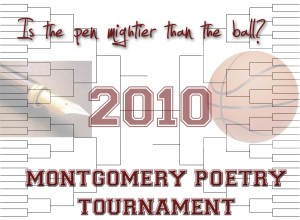
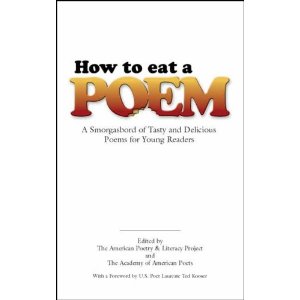
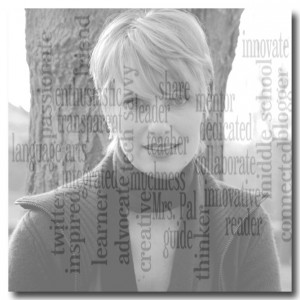

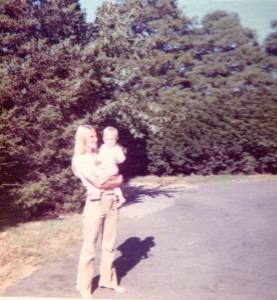
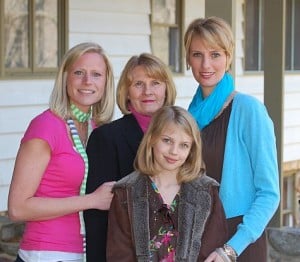
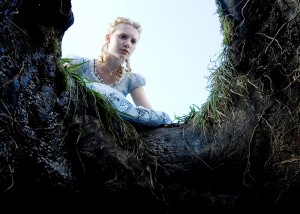
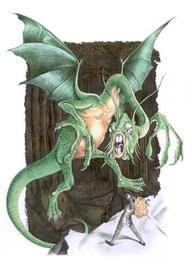
![The_Mathematicians[1] The_Mathematicians[1]](https://middleschool101.edublogs.org/files/2010/03/The_Mathematicians1-300x240.jpg)